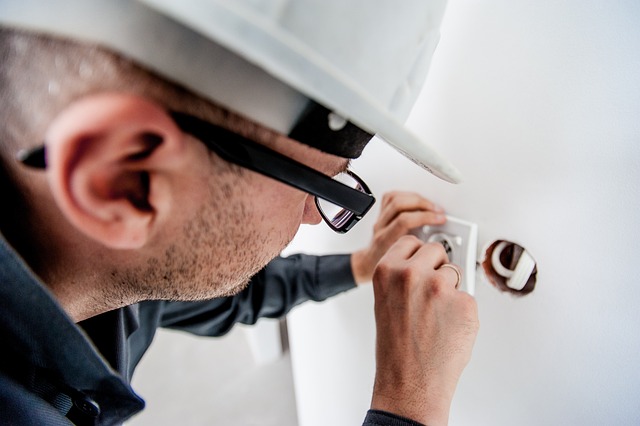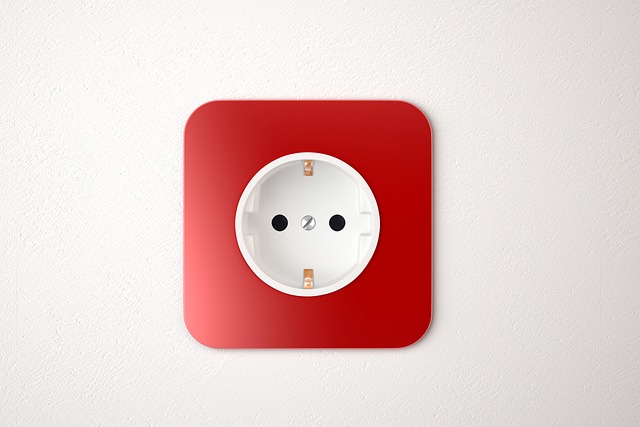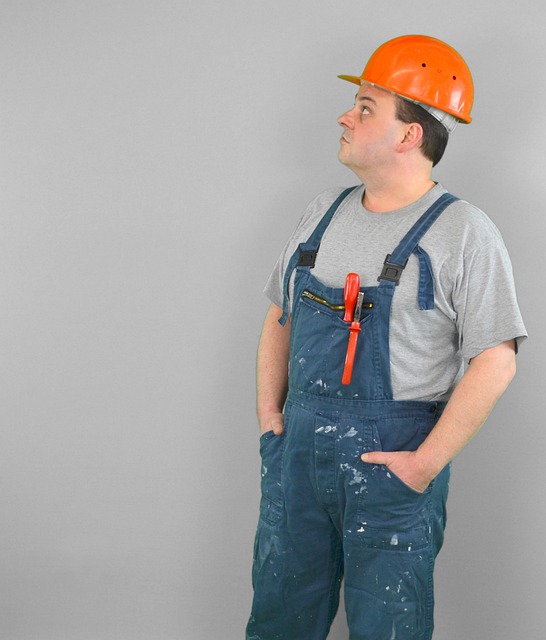When installing new appliances or electronics, an electrician ensures safe and efficient operation by assessing power needs, device function, and existing wiring. They select appropriate wire gauge, voltage, and circuit types, comply with local codes, and prevent hazards like overheating and electrical fires. Safety practices include wearing protective gear, adhering to codes, inspecting regular wiring, and using high-quality components for long-lasting systems.
When installing new appliances and electronic devices, understanding the wiring requirements is crucial. This process often necessitates the expertise of a qualified electrician to ensure safety and functionality. In this article, we explore essential aspects for electricians, including safety measures and best practices, when wiring modern electronics. From identifying compatible circuits to adhering to local codes, these steps guarantee not only effective connectivity but also prevent potential hazards.
- Understanding Wiring Requirements for New Appliances and Devices
- Safety Measures and Best Practices for an Electrician When Wiring Electronics
Understanding Wiring Requirements for New Appliances and Devices

When installing new appliances or electronic devices, understanding the wiring requirements is crucial. Every appliance and device has specific electrical needs, and these must be met to ensure safe and efficient operation. An electrician can help determine the appropriate wire gauge, voltage, and circuit type required for each component. They also know how to connect these components safely, following local electrical codes and regulations.
For instance, some devices may need a dedicated circuit to prevent overload, while others might require specific types of wiring like ground wires or data cables. An electrician will assess the appliance’s power consumption, its function, and the existing electrical infrastructure to wire it properly. This ensures not only the device operates as intended but also prevents potential hazards such as overheating, electrical fires, or power surges.
Safety Measures and Best Practices for an Electrician When Wiring Electronics

When wiring new appliances and electronic devices, an electrician must prioritize safety to prevent accidents and ensure the system’s longevity. Always wear protective gear, including insulated gloves and boots, to minimize the risk of electric shock. Adhering to local electrical codes is non-negotiable; these regulations exist to maintain safety standards. Before beginning any work, turn off the power at the circuit breaker to avoid live wires.
Best practices for electricians include using the appropriate tools for the job, such as wire strippers and voltage testers. Proper grounding is essential to divert electrical current safely; ensure all components are properly grounded to prevent surges. Additionally, using high-quality wiring and connectors enhances durability and reduces the chance of malfunctioning. Regular inspections can catch potential issues early on, so schedule routine checks to identify and rectify problems before they escalate.
When it comes to wiring new appliances and electronic devices, understanding the specific requirements and adhering to safety best practices is paramount. Electricians play a crucial role in ensuring these systems are not only functional but also safe. By following the outlined steps and guidelines, from comprehending wire types to implementing robust safety measures, professionals can efficiently install modern electrical systems while mitigating potential risks. Relying on expert knowledge ensures a seamless and secure integration of technology into our daily lives.
